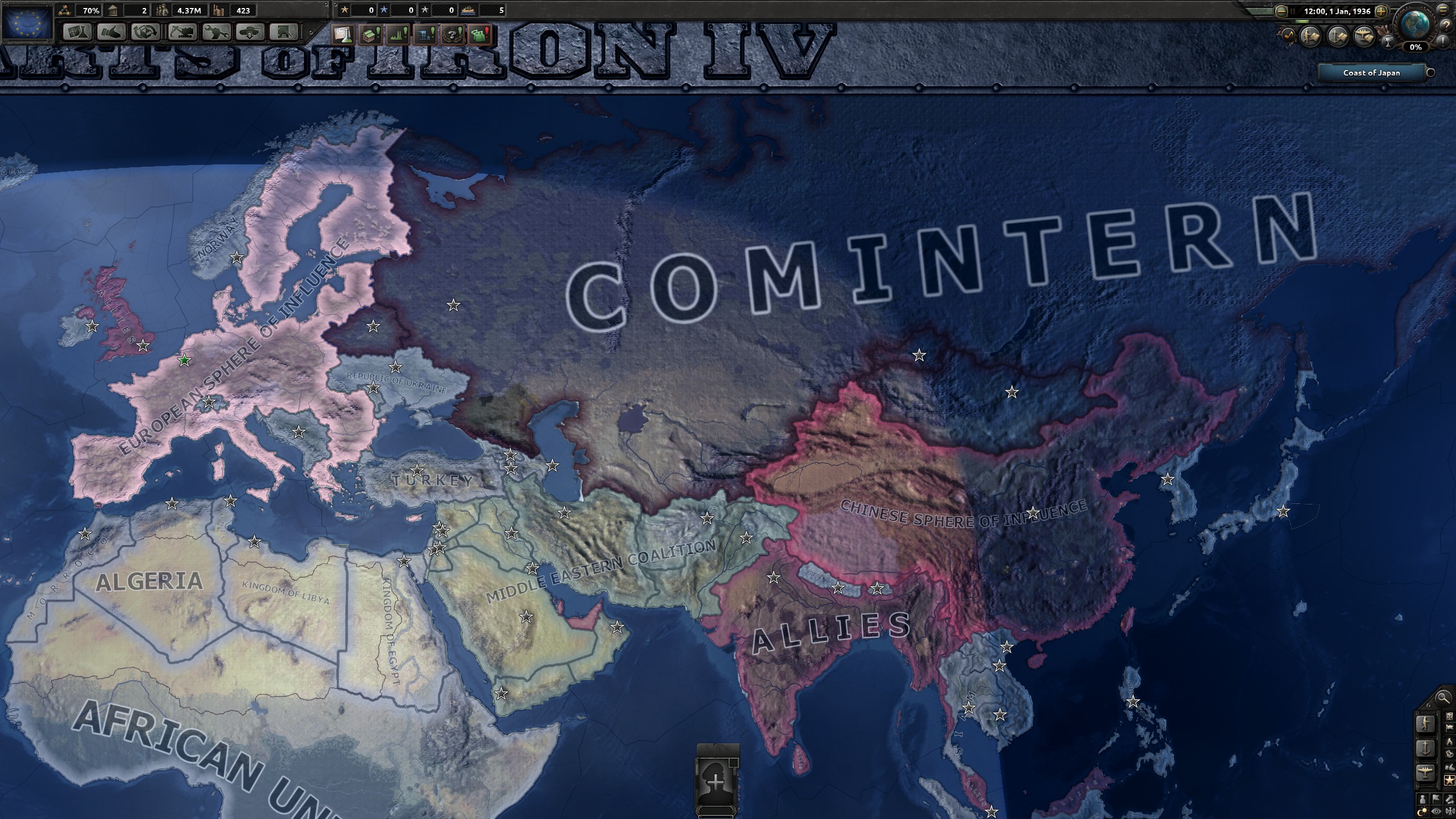

From the mid-1940s to the end of the 1960s, when the United States had clear military superiority over the U.S.S.R., communist regimes proliferated. He notes three possible explanations: “the structure of international relations between great powers, our foreign policies, and Russian domestic politics.” By the first of these he means “normal balance-of-power politics between great powers.” On this interpretation, Mikhail Gorbachev and Boris Yeltsin “did what we told them to do, because they had no other choice.” They accepted American hegemony not because they “shared American values or interests, but because these Russian leaders were weak.” McFaul is not fully satisfied with that explanation, and it is even more misleading than he indicates. Standing behind them, offering ideological guidance and the promise or threat of military intervention, stood the Soviet Union. Even in European countries where support for communism was confined to a small minority of the population (such as Poland or Hungary), an indigenous communist government could be formed, consisting both of true believers and of careerists. Its anti-imperialist rhetoric (as distinct from its own imperial practices) often made it attractive in parts of the world emerging from colonial rule. Communism was an ideology with international aspirations and adherents on every continent. The Cold War that lasted from 1945 to 1989 (beginning with the Soviet takeover of Eastern Europe and ending when those countries became non-communist and independent) was a necessary standoff. There should, therefore, be no nostalgia for our earlier Cold War or complacency about slipping into another. Cold war can be a substitute for hot war, but it can also be a stepping-stone to armed conflict.


 0 kommentar(er)
0 kommentar(er)
